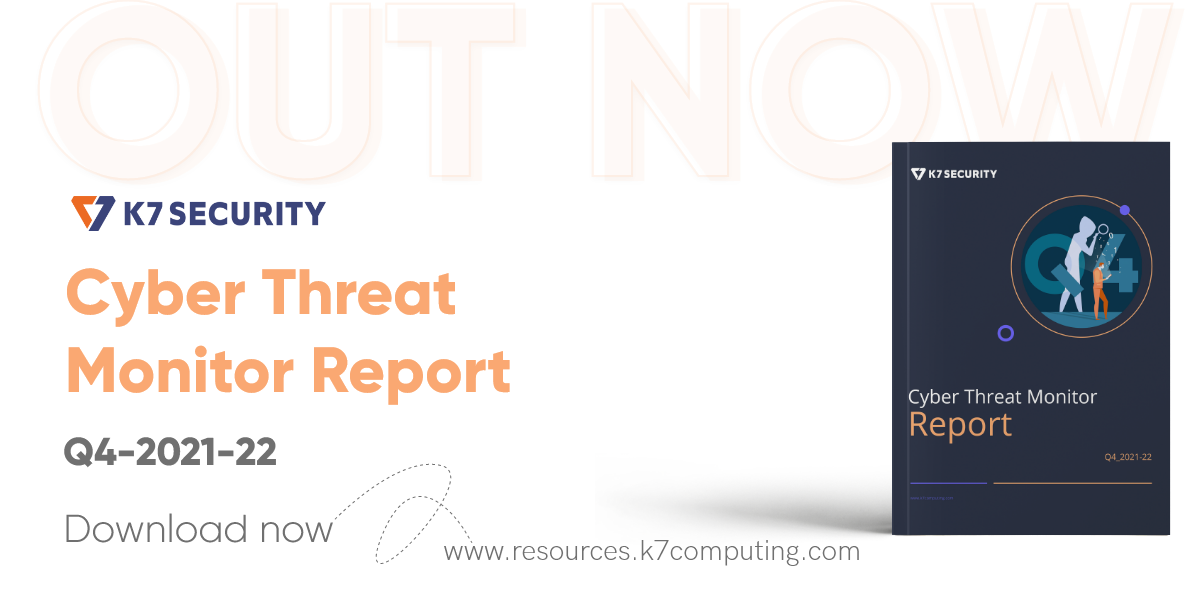As technology takes incredible shape with mind boggling innovative ideas each day, the sad truth that one should equally admit is that the threats increase likewise.
Smartphones, tablets, laptops, advanced computers and what not.Every device is a portal to the world that has a thin line between the virtual and real. Security breach through the internet, hackers, and cybercrime haven’t met their end as yet. There is only a greater demand to stay protected and adopt every measure possible to stay safe with the development of technology and devices. Here we will discuss a common trap that hackers lay, public Wi-Fi networks and the measure to stay safe from it.
Check out 10 tips to stay secure when using public Wi-Fi.
1. Always mind the device!
The first step to ensuring you are secure from public Wi-Fi networks is to keep a watch on your device settings. Make sure your device (Smartphone, laptops, tablet, etc.) is not set to ‘automatically connect to Wi-Fi’. Turn Off this option at all times to avoid your device from connecting to any random Wi-Fi available anywhere, anytime. Ignoring this setting only makes your device and privacy vulnerable.
2. Use and Forget
Each time there is Wi-Fi available and you wish to connect to it, do it manually. Considering you have taken point 1 into practice; you may also notice that after manual selection and use of a Wi-Fi network, the device can also be set to forget the Wi-Fi connection. This will prevent your device from spontaneously connecting to this network in the future.
3. Suspicion is appreciated
A great deal of suspicion in the internet world is good! Double checking on every network and website to ensure your online safety is indeed an excellent approach. Despite your previous unharmed situations with public Wi-Fi networks, it does not necessarily have to mean all connections are a bed of roses. Do not trust every public space that claims to offer legitimate wireless connection. You will never know which cyber criminal is behind this attractive mask. Thus, treat ALL public Wi-Fi networks cautiously.
4. Take cover
It is indeed better to be safe than sorry. Have each of your device protected to prevent hacking. A strong antivirus solution for each one of your devices against malware attack and from other viruses that can secretly creep in is a must. Never take the protection they offer for granted. Moreover, do not just stop with getting an antivirus solution, rather update it regularly!
5. Inquire as needed
Do not hesitate to make a thorough check on the public network available. Be it a hotel, restaurant or any other place that offers public Wi-Fi, inquire in detail about the authentication and IP address before you intend to connect with it. This could save you from a lot of trouble.
6. Hush on the passwords
Always remember, a public wireless connection is not a piece of cake. NEVER type sensitive information or log into websites that require your passwords when your device is connected via a public Wi-Fi network. Social media sites, personal mail ids, bank account apps or websites- NEVER, these not the sites you should enter into!
7. VPN (Virtual Private Network)
If at all there is an urgent need for you use a network right away, then choose to do so via VPN. Internet connectivity via VPN sends encrypted messages that make it difficult to hack and also keeps your device safe by protecting the IP address. This way, you will also escape from the great risk of phishing!
8. Look out for HTTPS
When you connect to public Wi-Fi network, apart from all the safety measures you undertake, it is also essential that the websites you log into are also secure. While surfing, keep out a watch for sites that are secured or safe to use. Look for the ‘green box’ at the beginning of the address bar or URL that starts with https. This indicates that the site is secure to entering, has a valid digital certificate and updated SSL/TLS encryption.
9. Double the efforts- 2 FAs!
Two-factor authentication can be used to double the verification or authentication process. When you enable 2FA for using hotspots, you simply take over an extra layer of cover against unanticipated cybercrime attacks.
10. Leave without a trace
Log out from all sites that you were logged into before you disconnect from a public wireless connection. You do not want any unwelcomed strings attached that could follow your device, hacking its way in. No matter how short was the time you were connected online or stayed logged in- log out like your best bet depends on it!












3 responses to “10 tips to stay secure when using public Wi-Fi”
Thanks for knowledge update.
Very useful information for those who frequently use Public WiFi. Thanks for the gesture,
Thank you for sharing!